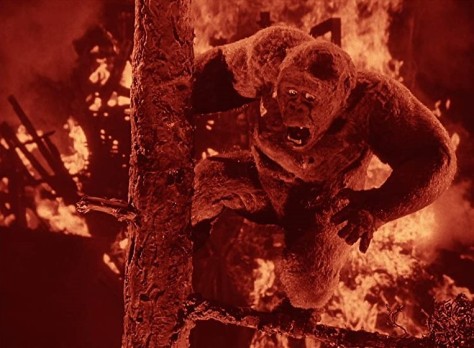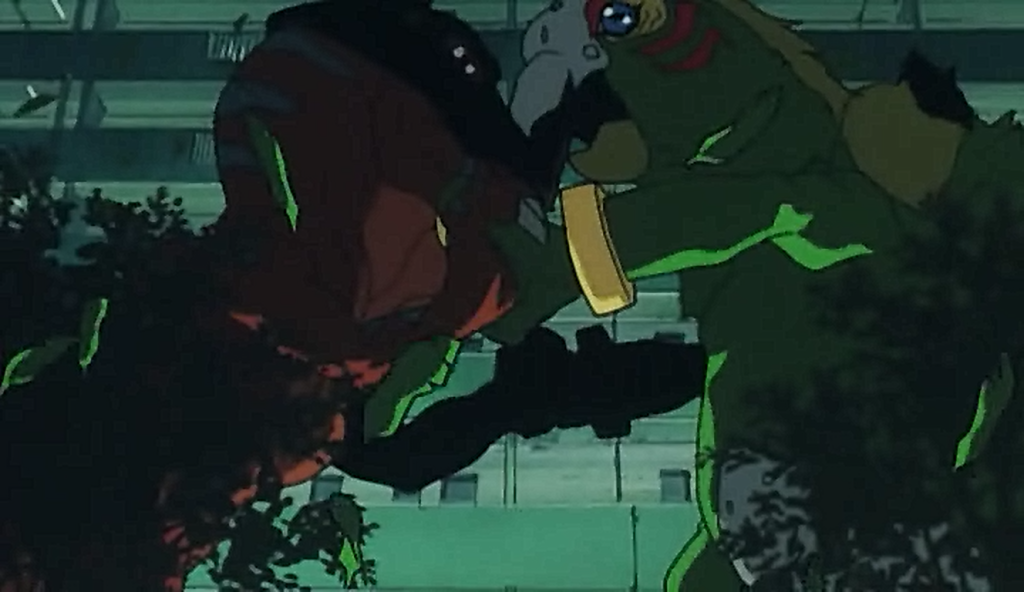
The profound cinema influence of King Kong rests not only in the fantasy it effectively brought to life, but in the tragedy at the core of its story, both conveyed in the mythic terms of early cinema. Yet one of the most interesting things about the creative minds behind Kong—producer Merian C. Cooper, director Ernest B. Schoedsack and his screenwriter wife Ruth Rose, and stop motion animator Willis O’Brien—is that they essentially remade their greatest creation twice, and in both cases tried to put a much more optimistic spin on the story. This started shockingly early with Son of Kong, released nine months (nine months!) after the original, and is a movie that I think has very interesting as a follow-up (I’ll probably write about it someday); it then came rolling back over a decade-and-half later with Mighty Joe Young, which saw the old gang working together one last time to unknowingly usher in the next decade of monster movies. This intentional softening of Kong‘s giant ape melodrama may in some ways seem like a commercial decision, to make it more kid-friendly (more kid-friendly than King Kong, a movie that fascinated children for decades), but the interpretation I’ve always preferred is that it’s the result of a deep guilt: they had created a resonant tale of humanity exploiting and destroying natural wonder and beauty, as represented by a beast both terrifying and sympathetic, and it’s terribly sad to think that such a thing could only ever be a tragic monster laying dead on the Manhattan concrete. Mighty Joe Young manages to capture many of those same themes, but in its deviations from the Kong template, it demonstrates that there is another way for it all to end.



